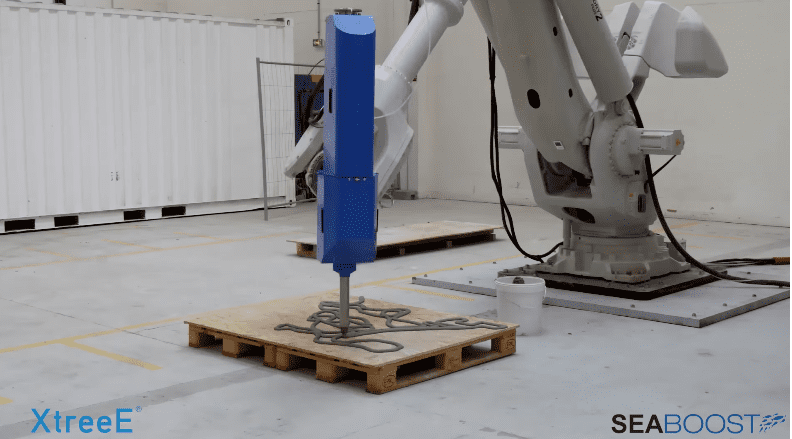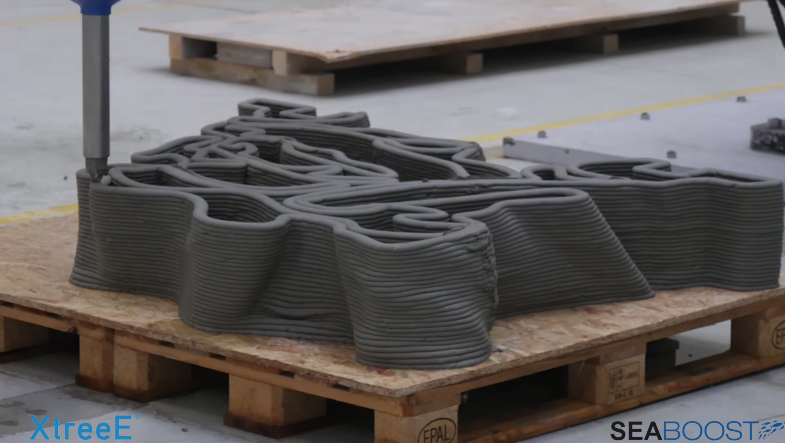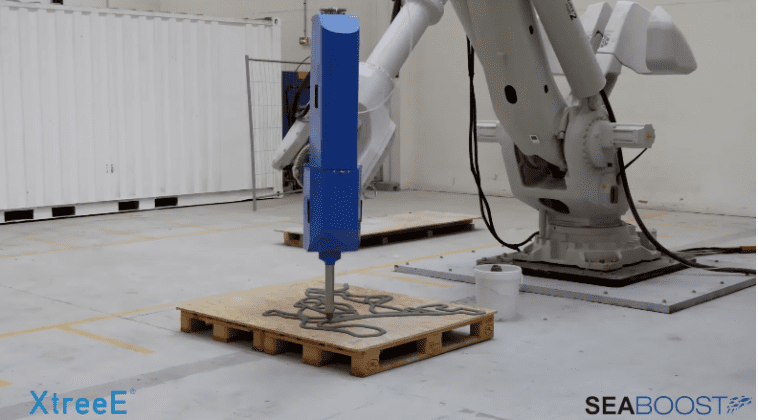3D printing may provide a sustainable solution to the current crisis of coral reef death globally.
Population growth and the environmental burden that accompanies it has taken a serious toll on the Australian Great Barrier Reef and many other coral reefs over the last few years. Rising temperatures across the reefs have led to coral bleaching and are devastating fish populations. Indeed, reefs are home to many diverse sea species and thus vital to ensure the survival of many creatures.
In an effort to find a solution and sustain fish and plant populations, XtreeE, the 3D printing service, has collaborated with Seaboost the marine life restoration company.
Together, they have developed a 3D printed artificial coral reef. This will be placed at the Calanques National Park in France for a test run. The 3D printed reef will accurately present the intricate and complex structures of a real coral reef. Therefore, it is based on scans of existing reefs around the region obtained by using a 3D scanner.
The team hopes that the design could boost populations of sea species.
The complexity of the reef design is most accurately achieved by using additive manufacturing technologies. XtreeE will likely use materials that mimic coral such as concrete and sand to print the structures. In order to ensure compatibility and uptake by fish, the materials will be sourced at location. Otherwise, the team may run in danger of species not recognizing the structure and thus avoiding it.
Setting the stage for global coral reef restoration
Traditionally, coral reefs take hundreds of years to form. However, given the speed of ongoing man-made habitat destruction, reefs wouldn’t have time to recover. That is why projects such as XtreeE’s are vital to trial.
If successful, many more reefs could be up for restoration using 3D printing technologies.
Artificial reefs have been around for a long time in the form of sunken ships, tires or car wrecks. However, many of these do not accurately resemble coral reefs, which provide tiny nooks and spaces for flora and fauna to habitat.
XtreeE isn’t the first to embark on 3D printed coral reefs. Last year, Dutch marine company Boskalis 3D printed six reefs for the Monaco Larvotta Research in collaboration with Prince Albert II of Monaco Foundation. The reefs will be monitored for two years to measure how much marine life they can attract.
“There is no silver bullet with coral restoration,” explains Fabien Cousteau, the ocean conservationist and documentary filmmaker. “You are talking about a very complex environment, a complex animal with a lot of variations with each subspecies. All of this is an experiment. In the short term, we’ve seen a lot of positive momentum with certain species of coral. But remember, this is a drop in the bucket in a very, very large ocean.”
Given the rise of bio-printing technologies and ongoing material developments, reefs could one day also be printed using actual coral.


Layer by layer – 3D printing process of reef by XtreeE. (Image: XtreeE)
Source: Sculpteo, XtreeE & National Geographic
Website: LINK


